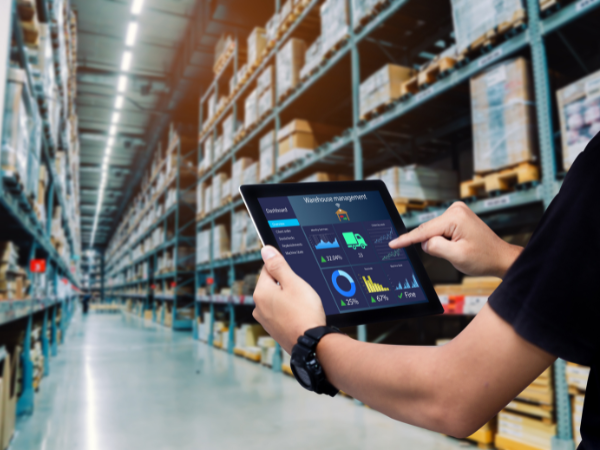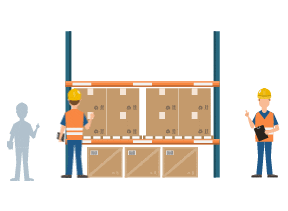
Introduction
The warehouse of today is a far cry from the dusty storerooms of yesteryear. In an age where immediacy and accuracy are not just valued but expected, the warehousing industry stands at the forefront of a technological revolution. The advent of cloud technology, the Internet of Things (IoT), Artificial Intelligence (AI), and data analytics has not just transformed how warehouses operate; it has redefined the very capabilities of supply chain logistics. This article delves into the role these technologies play in revolutionizing warehousing, providing valuable insights and actionable tips that will help you navigate this digital transformation.
Cloud Technology
The Backbone of Modern Warehousing The cloud serves as the backbone for modern warehousing operations. It offers scalable storage solutions and computing power that facilitate seamless data exchange and real-time inventory management. With cloud-based Warehouse Management Systems (WMS), businesses can now monitor their stock levels, manage orders, and optimize warehouse layouts from anywhere in the world.
Moreover, cloud technology enables integration with various platforms, providing a unified view that enhances decision-making. For instance, by integrating with transportation management systems, warehouses can streamline shipping processes and reduce lead times.
Actionable Tip
Migrate your WMS to a cloud-based service to achieve flexibility and scalability. Ensure that your chosen provider complies with industry standards for data security and privacy.
Internet of Things (IoT)
The Connectivity Catalyst IoT technology has become the connectivity catalyst within warehousing, bridging physical operations with digital intelligence. By embedding sensors into equipment such as forklifts, pallets, and even the products themselves, warehouses gain real-time visibility into every aspect of their operation.
These sensors track everything from location to environmental conditions, enabling a level of precision in inventory management that was previously unattainable. For example, IoT devices can automatically reorder stock when levels fall below a certain threshold or alert managers to maintenance needs before machinery fails.
Actionable Tip
Implement IoT devices to automate inventory tracking and equipment monitoring. Partner with an IoT platform that allows easy integration with your existing systems for a smoother transition.
Artificial Intelligence (AI)
The Smart Optimization Engine AI is transforming warehousing from reactive to proactive operations. Through machine learning algorithms, AI systems can predict demand patterns, optimize picking routes, and even guide autonomous robots to perform repetitive tasks with greater efficiency.
Robotic Process Automation (RPA) within warehouses is reducing manual errors and freeing up human workers to focus on more complex tasks. AI-powered analytics can also provide insights into improving operational workflows, leading to better resource allocation.
Actionable Tip
Invest in AI-driven tools like predictive analytics to enhance forecasting accuracy. Explore RPA options for automating routine tasks to increase productivity.
Data Analytics
Turning Information into Insight Data is the lifeblood of any modern warehouse, but its true potential lies in analysis. Data analytics tools can process vast amounts of information generated by cloud platforms, IoT devices, and AI systems to uncover trends and performance metrics.
By leveraging data analytics, warehouses can identify inefficiencies in their supply chain, predict future bottlenecks, and make informed decisions on everything from workforce management to energy consumption.
Actionable Tip
Use data analytics software to derive actionable insights from your warehouse’s data streams. Regularly review these insights to inform strategic decisions and operational improvements.
Conclusion
The increased use of technology and digitization has ushered in an era where the warehousing industry is no longer just about storage—it’s about smart management powered by digital innovation. By embracing cloud technology, IoT connectivity, AI optimization, and data-driven insights, warehouses are becoming more agile, efficient, and responsive to customer needs than ever before.
As you embark on this journey of digital transformation, remember that each step forward is an investment in your warehouse’s future success. With these technologies at your disposal, you can not only meet the challenges of today but also anticipate those of tomorrow.
